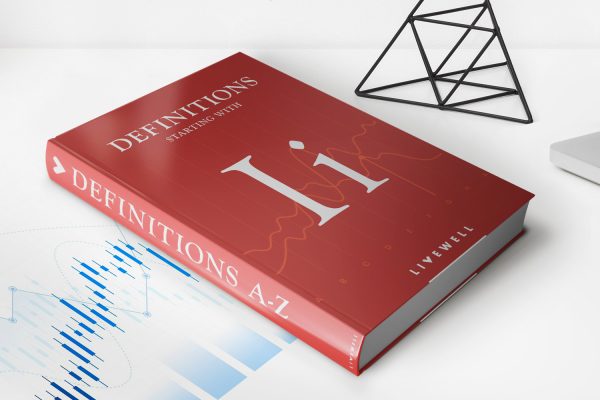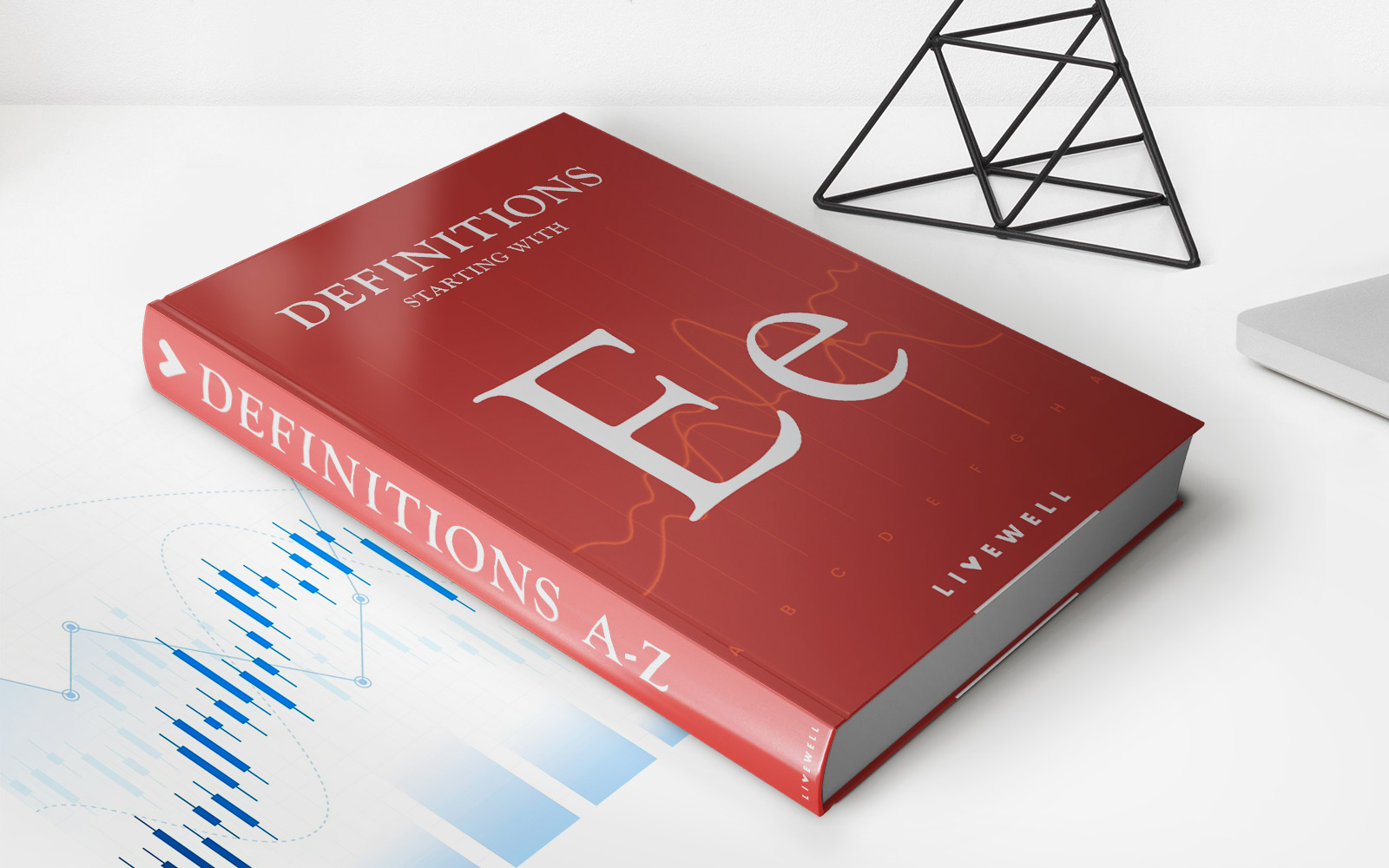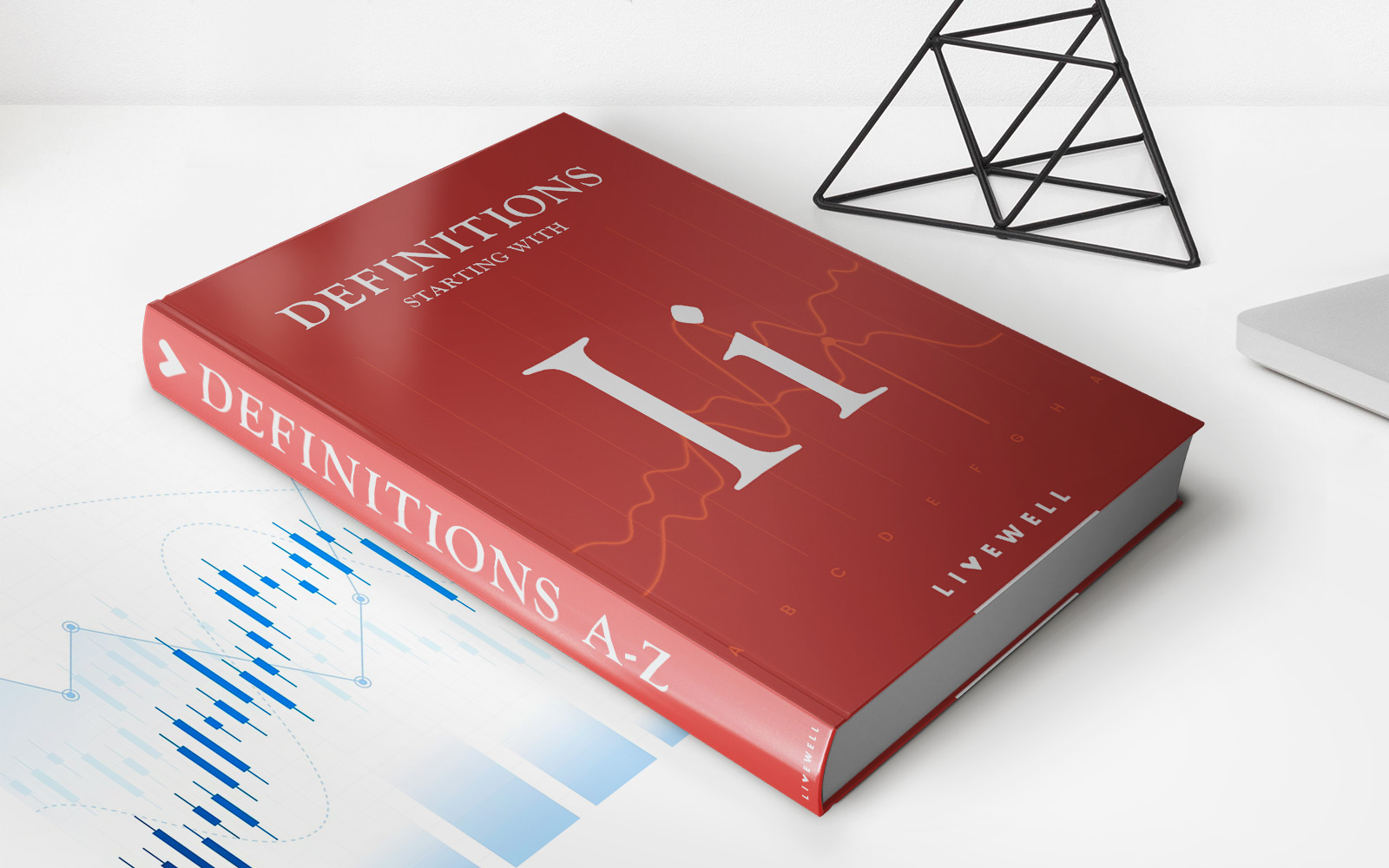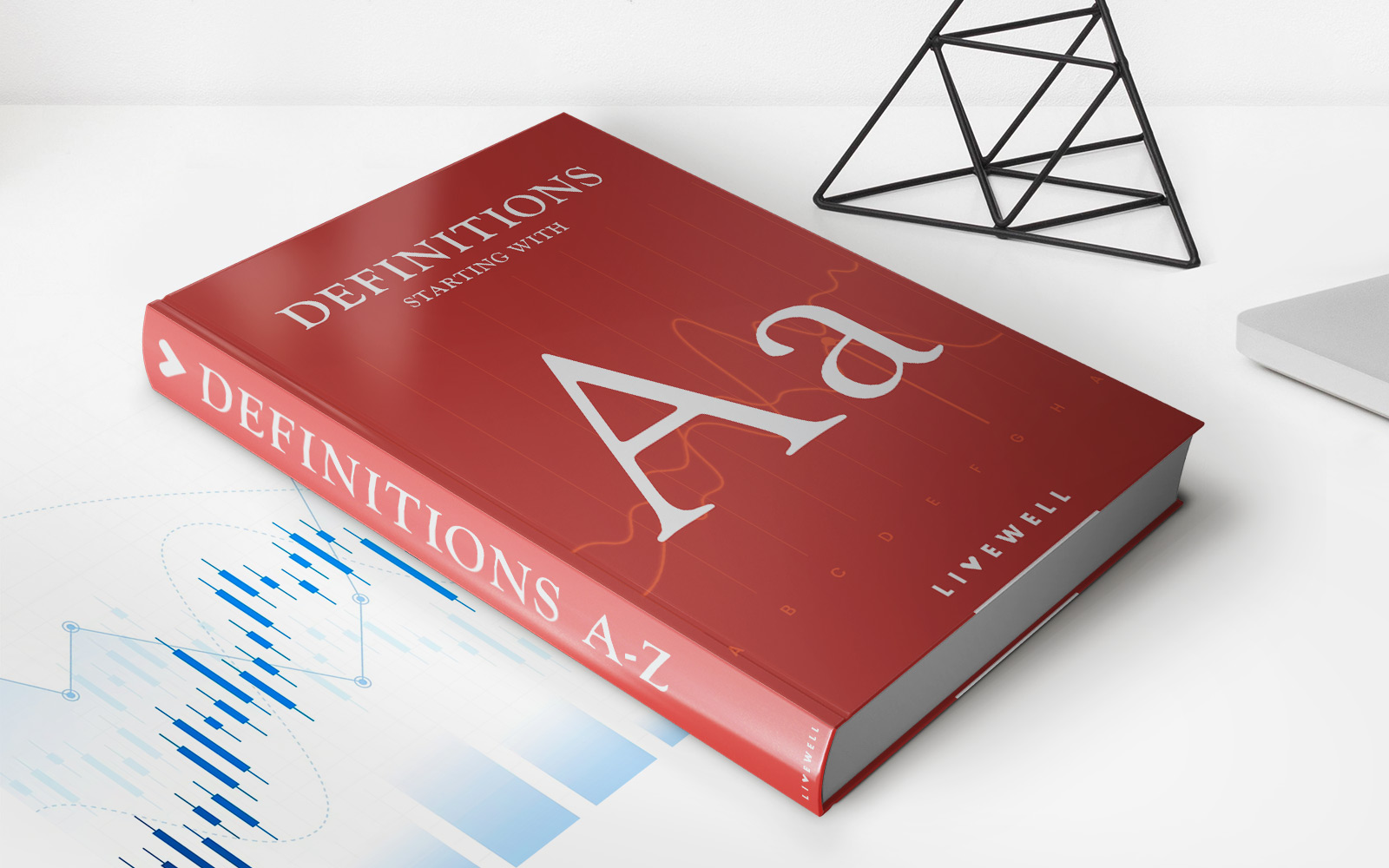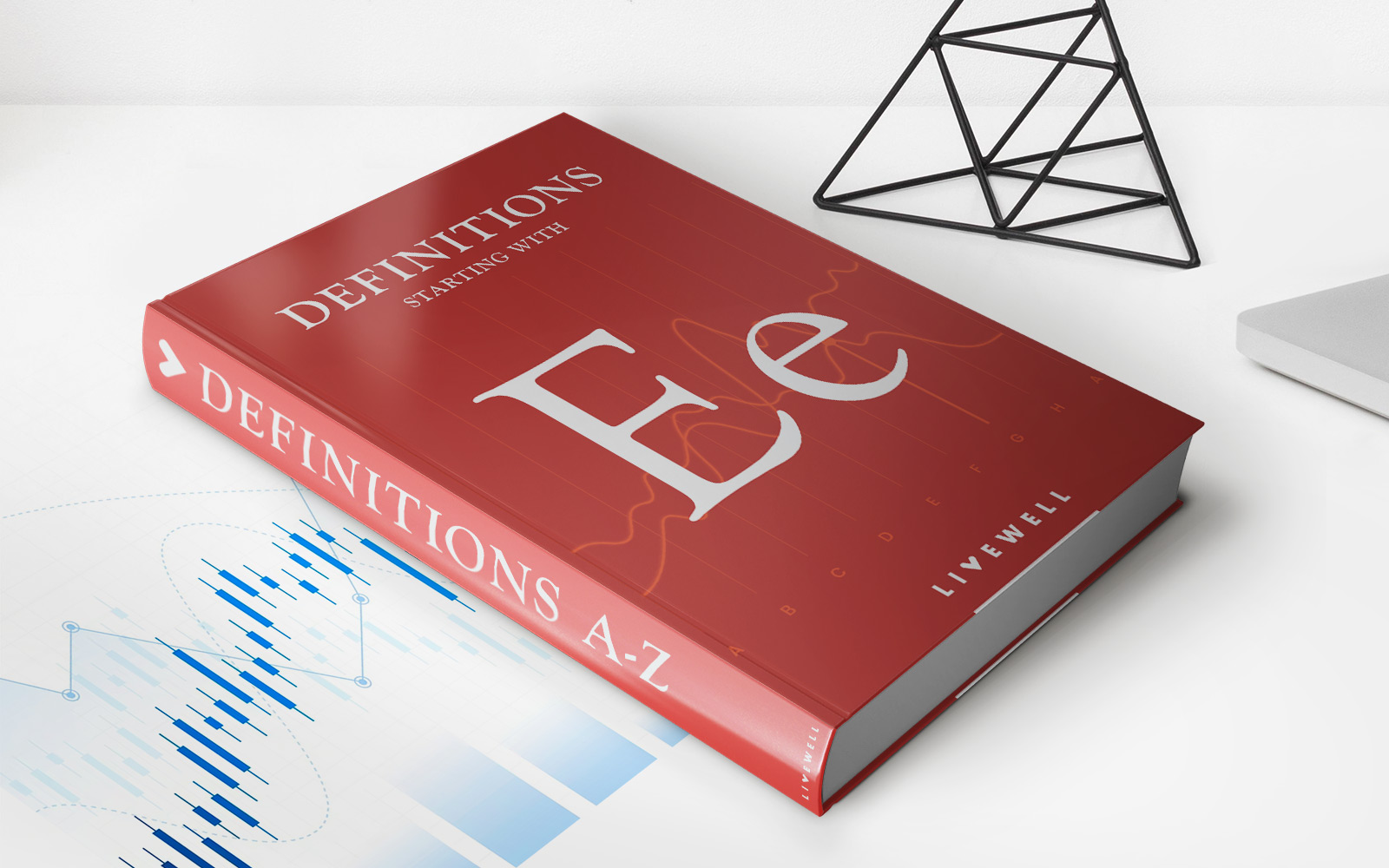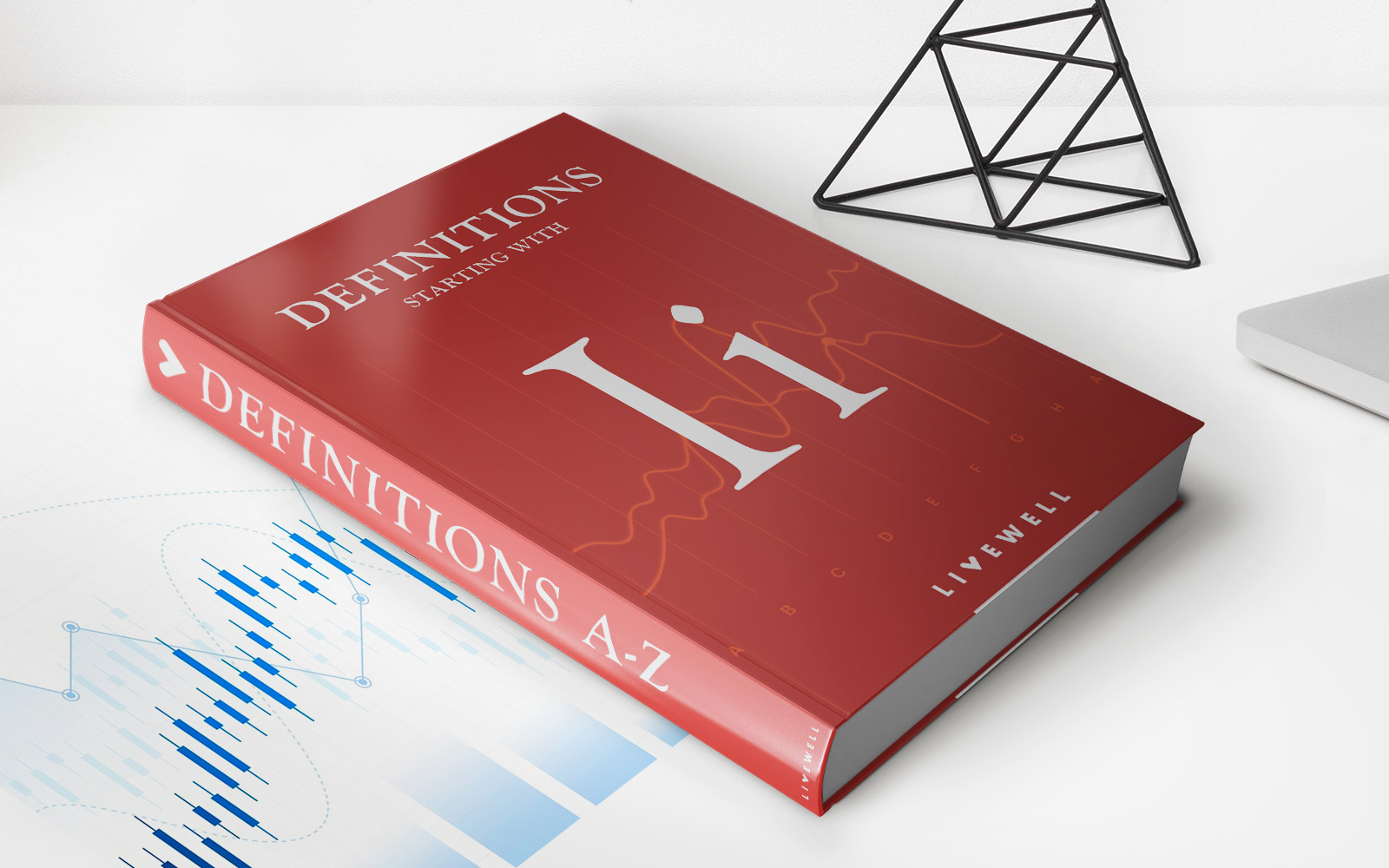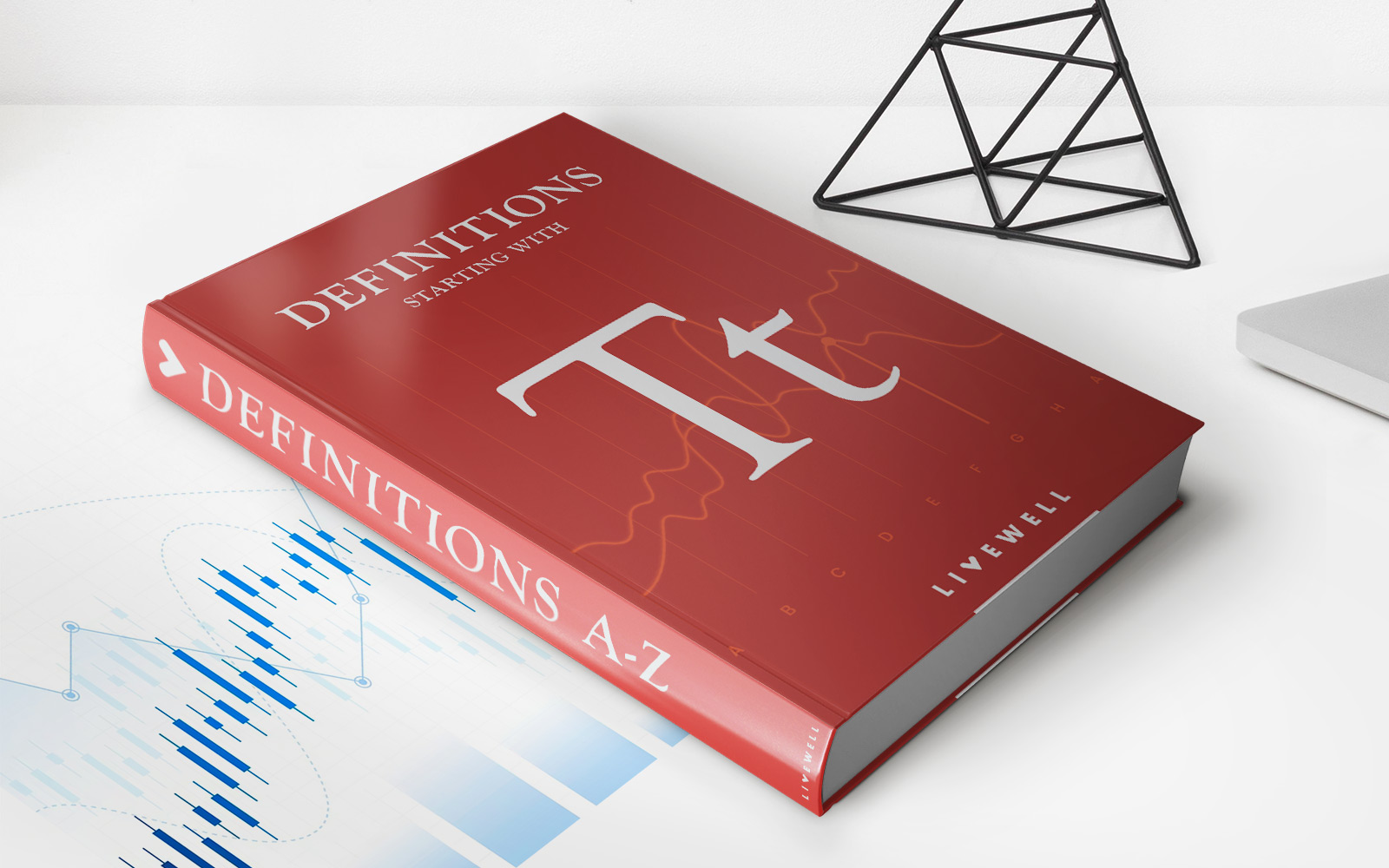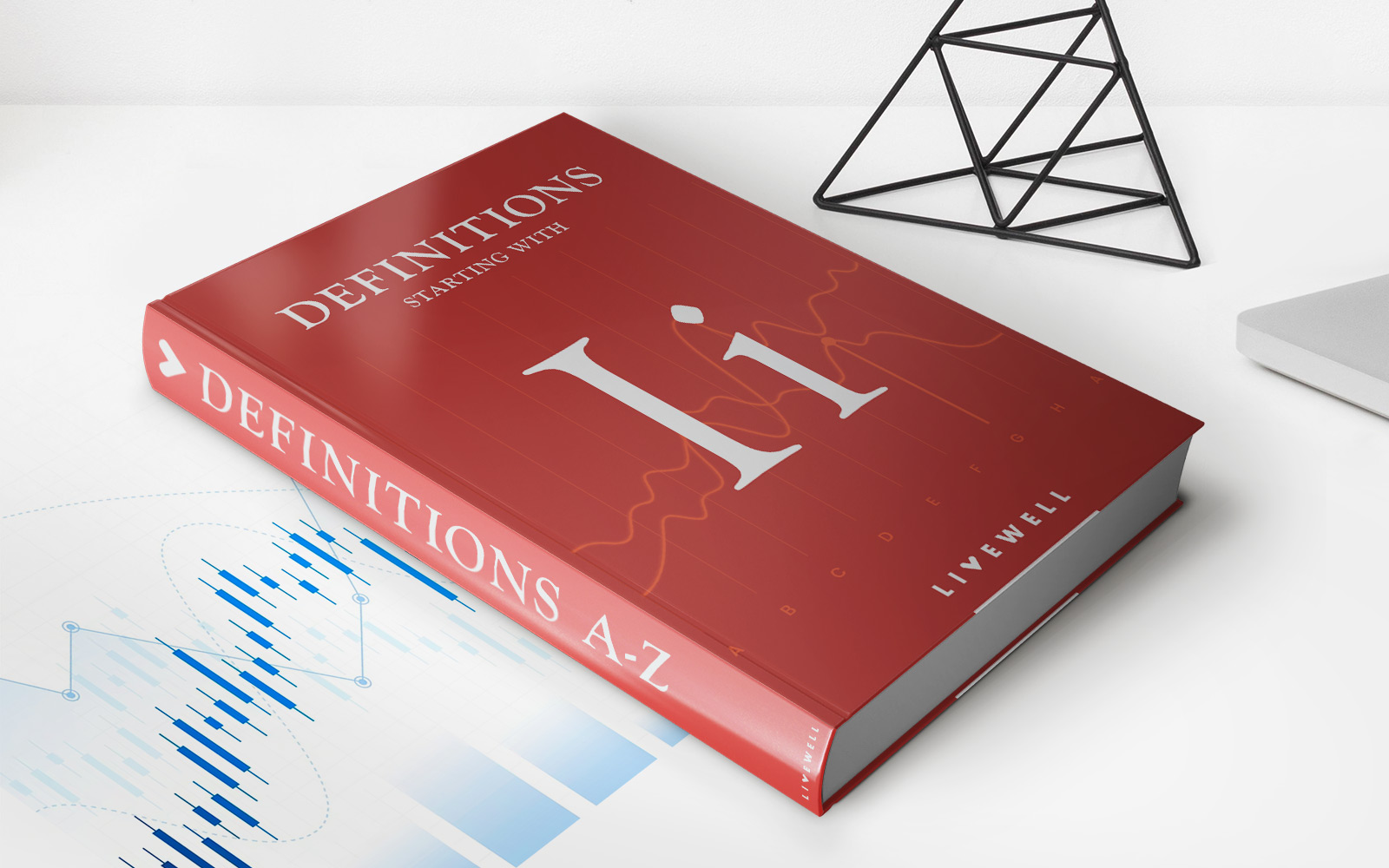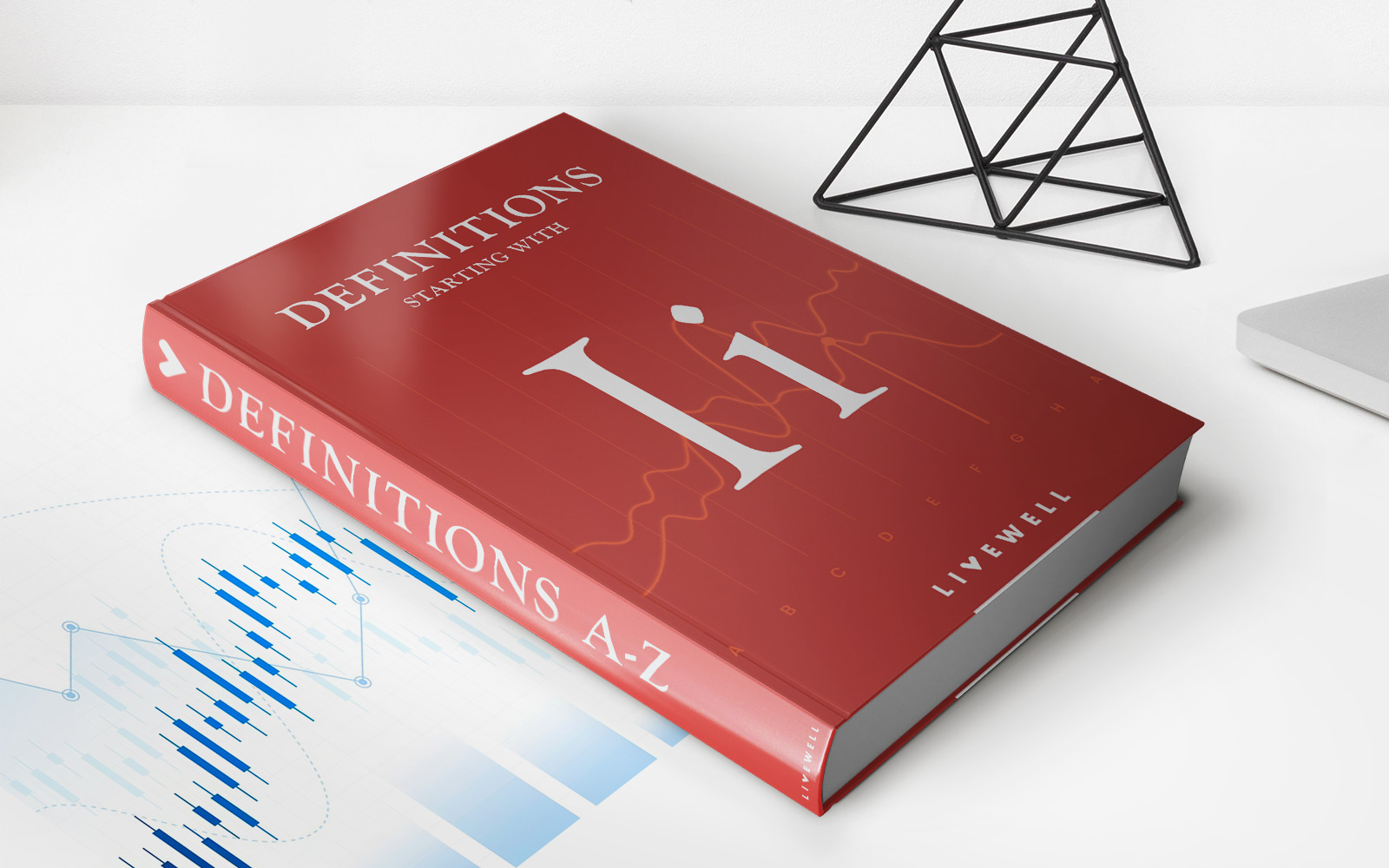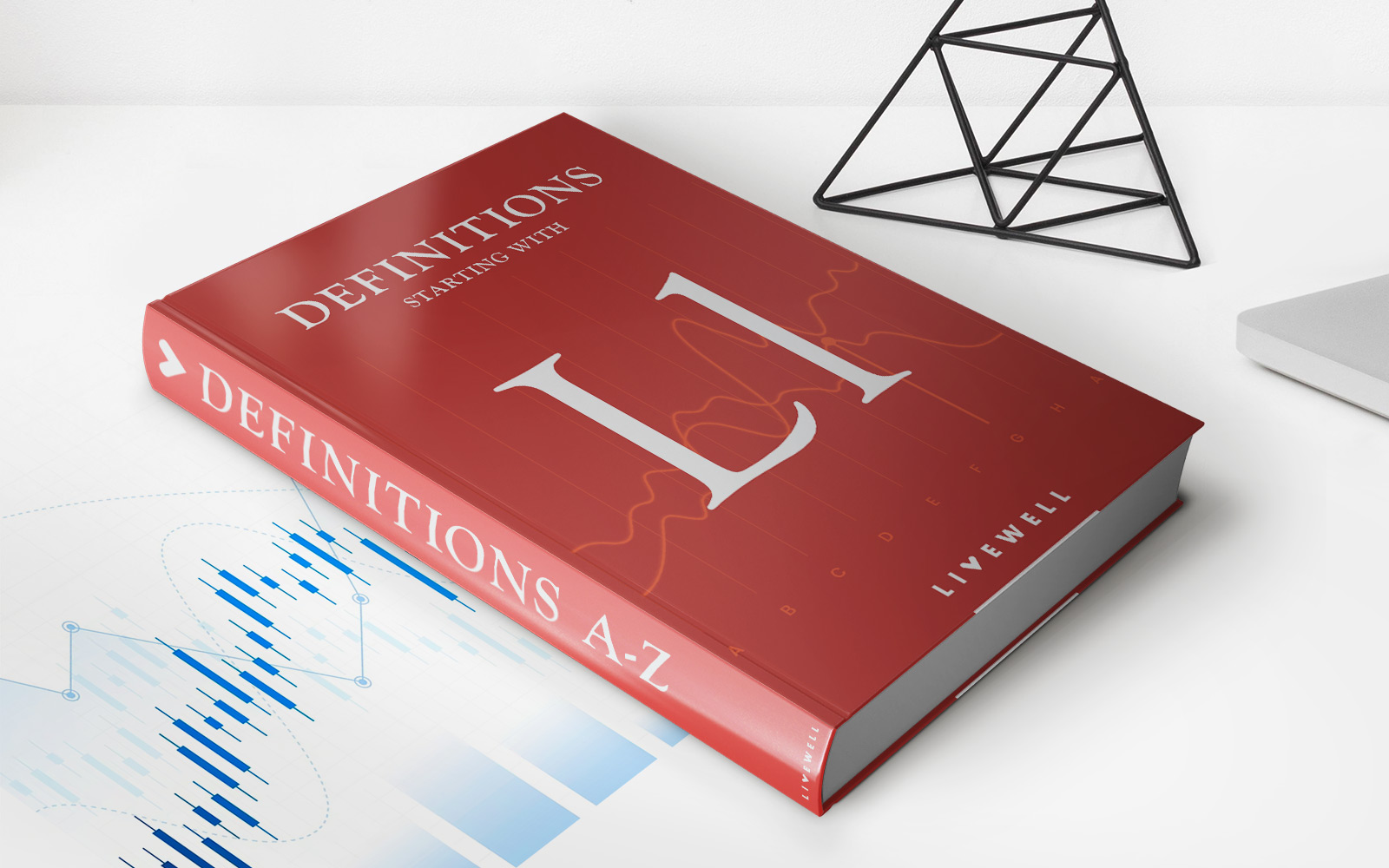

Finance
Inverse Volatility ETF Definition
Published: December 12, 2023
Learn about the definition of inverse volatility ETFs in the world of finance. Discover how these investments work and their potential benefits.
(Many of the links in this article redirect to a specific reviewed product. Your purchase of these products through affiliate links helps to generate commission for LiveWell, at no extra cost. Learn more)
Understanding Inverse Volatility ETFs: A Guide to Managing Risk
Finance can be a daunting world, filled with complex terms and strategies. If you’re an investor looking to minimize your exposure to market volatility, then you’ve come to the right place. In this guide, we’ll introduce you to the concept of Inverse Volatility ETFs and how they can help you navigate the ups and downs of the stock market.
Key Takeaways:
- Inverse Volatility ETFs are exchange-traded funds designed to provide investors with inverse or opposite returns to market volatility.
- These ETFs can be used to hedge against market volatility or take advantage of downward price movements.
So, what exactly is an Inverse Volatility ETF? In simple terms, it’s an investment vehicle that aims to provide the opposite returns to market volatility. When volatility goes up, these ETFs tend to go down, and vice versa. By investing in these funds, investors can profit from market downturns or hedge against market volatility.
Why would someone invest in an Inverse Volatility ETF? There are a few reasons why investors might consider including these funds in their portfolio:
- Risk management: By investing in inverse volatility ETFs, investors can protect their portfolio from the adverse effects of market volatility. These funds can act as a hedge against potential losses when the market experiences unexpected downturns.
- Profit potential during market downturns: Inverse volatility ETFs can provide an opportunity to profit during periods of market decline. When market volatility increases, these funds tend to rise in value, allowing investors to sell at a higher price and potentially earn a profit.
How do Inverse Volatility ETFs work? These ETFs typically use financial derivatives or other strategies to achieve an inverse exposure to market volatility. They aim to provide daily returns that are the opposite of the performance of an underlying index, such as the VIX (CBOE Volatility Index).
It’s important to note that these ETFs are designed to provide inverse returns on a daily basis. This means that they may not perfectly track the inverse of long-term or multiple-day returns. Due to compounding effects, the performance of inverse volatility ETFs over longer periods may vary from expectations. Therefore, these funds are most suitable for short-term trading and not as a long-term investment strategy.
Examples of Inverse Volatility ETFs: There are several inverse volatility ETFs available in the market, such as the ProShares Short VIX Short-Term Futures ETF (SVXY) and the VelocityShares Daily Inverse VIX Short-Term ETN (XIV). These funds provide investors with an opportunity to gain inverse exposure to the VIX index.
Important considerations: As with any investment, it’s crucial to conduct thorough research and understand the risks associated with inverse volatility ETFs. These funds are more suitable for experienced traders who can actively monitor and manage their investments. Additionally, leveraging inverse volatility ETFs requires sound risk management strategies to avoid potential losses.
Wrapping Up
Inverse volatility ETFs can be a powerful tool in managing risk and potentially profit during market downturns. However, it’s important to remember that these funds are not without risks. Investors should carefully consider their investment objectives, risk tolerance, and seek professional advice before adding inverse volatility ETFs to their portfolio.
By understanding the concept behind inverse volatility ETFs and their potential benefits, you’re one step closer to becoming a more informed investor. Keep exploring and expanding your knowledge – the world of finance has much to offer!
